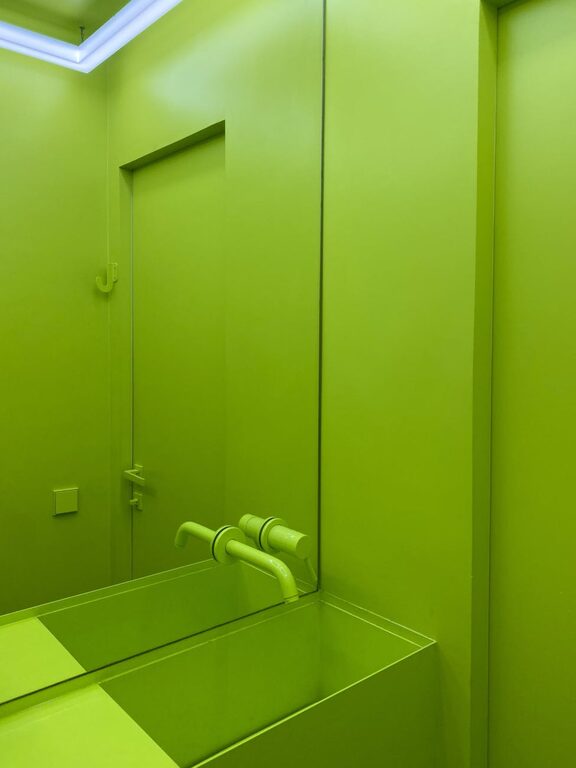
Creating a minimalist bathroom setup is an excellent way to bring calm and clarity to one of the most frequently used rooms in your home. Minimalism focuses on simplicity, functionality, and beauty, keeping only what’s necessary and creating a serene environment free of clutter. Whether you have a large master bathroom or a small powder room, applying minimalist principles can help transform your space into a clean, inviting retreat.
In this blog post, we will explore practical steps to create a minimalist bathroom setup that combines style and function effortlessly.
What Is a Minimalist Bathroom?
Minimalism in bathroom design means stripping down to essentials—both in decor and storage—resulting in a space that feels open, bright, and orderly. The goal is to reduce visual noise by using neutral colors, clean lines, and materials that evoke simplicity and calm without sacrificing comfort or convenience.
Benefits of a Minimalist Bathroom Setup
– Easier to clean and maintain: Less clutter and fewer items mean less time spent cleaning.
– Creates a sense of space: Minimal decor and smart storage options help small bathrooms feel larger.
– Promotes relaxation: A tidy, calm environment can help you feel more at ease.
– Timeless appeal: Minimalist design tends to stay stylish and fresh over time.
Step 1: Declutter and Assess Your Needs
Before making any changes, start by clearing out your bathroom completely. Remove everything from countertops, shelves, and cabinets. Sort through your items and decide what you truly need daily.
– Discard expired or unused beauty and hygiene products.
– Donate duplicates or extras you won’t use.
– Keep only essential towels and toiletries.
This first step sets the foundation for a minimalist approach since it gets rid of unnecessary items and frees up space.
Step 2: Choose a Neutral Color Palette
Minimalist bathrooms typically feature a soft, neutral color palette that opens the space and creates visual harmony. Consider shades like:
– White
– Soft gray
– Beige or taupe
– Light pastels such as pale blue or mint
Avoid overly bright or multiple contrasting colors for walls and major fixtures to keep the look clean. You can add warmth with subtle textures or natural materials such as wood or stone.
Step 3: Optimize Storage Solutions
Even minimalist bathrooms need smart storage to keep daily essentials neatly tucked away but accessible. Here are ideas for minimalist storage:
– Floating vanities: These free up floor space and make the room appear larger.
– Built-in shelves or niches: Recessed wall shelves keep toiletries organized without protruding.
– Under-sink cabinets: Choose sleek, handleless designs to maintain smooth lines.
– Minimal hardware: Use simple hooks or towel bars instead of bulky racks.
– Baskets or trays: Keep smaller items grouped neatly in visually pleasing containers.
The key is to hide clutter out of sight while keeping the look cohesive and easy to maintain.
Step 4: Pick Simple, Functional Fixtures and Accessories
Minimalism emphasizes quality and functionality over elaborate designs. When selecting fixtures and bathroom fittings:
– Choose simple shapes with clean lines (think rectangular sinks, streamlined faucets).
– Opt for matte or brushed finishes like chrome, nickel, or matte black for a modern touch.
– Limit countertop accessories. Select one or two elegant soap dispensers or toothbrush holders instead of many assorted bottles.
– Use matching towels and linens in one solid color without patterns or logos for a coordinated look.
Step 5: Incorporate Natural Elements for Warmth
To prevent your minimalist bathroom from feeling too cold or sterile, add some natural touches such as:
– A small potted plant or succulent on a shelf or windowsill.
– Wooden accents like bamboo bath mats or wooden brush handles.
– Stone soap dishes, pebble trays, or natural fiber baskets.
Natural materials create subtle texture, a sense of calm, and a spa-like atmosphere that balances the minimal design.
Step 6: Use Good Lighting
Lighting plays a crucial role in minimalist bathrooms. Aim for bright, even illumination that highlights the clean lines of the space.
– Install recessed ceiling lights to avoid visual clutter.
– Consider LED strip lights under floating cabinets or along shelves for subtle ambiance.
– Use a simple framed or frameless mirror with integrated lighting.
– Maximize natural light with sheer window treatments or frosted glass.
Step 7: Keep Cleaning Easy
A minimalist bathroom is only effective if it stays neat and tidy. Maintain your setup by:
– Wiping down surfaces regularly.
– Keeping countertops mostly clear by returning items immediately to storage.
– Using washable, easily maintained towels and rugs.
– Limiting décor to a few well-chosen items.
Minimalist Bathroom Ideas for Inspiration
– Monochrome simplicity: White walls, a white vanity, and matte black fixtures.
– Scandinavian style: Light wood tones, soft grays, and clean, functional fittings.
– Industrial minimalist: Concrete sinks, exposed plumbing, and metal accents balanced with warm wood.
– Spa-like retreat: Soft neutral tones, natural stone basin, greenery, and candles for ambiance.
Final Thoughts
Creating a minimalist bathroom setup requires thoughtful planning and a focus on essentials. By removing unnecessary items, simplifying colors and shapes, optimizing storage, and introducing natural elements, you can design a space that is both highly functional and calming. Minimalism isn’t about making a bathroom dull; it’s about making it beautiful in its simplicity.
Try these steps in your next bathroom refresh and enjoy a clutter-free, peaceful space every day!
